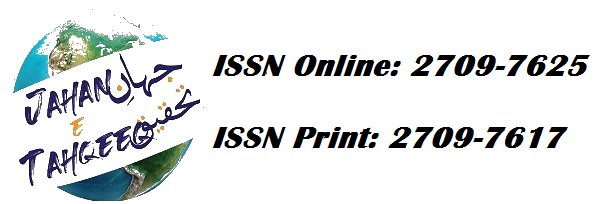Differentiating Features of Islamic vs. Conventional Banks and Microfinance
##plugins.themes.academic_pro.article.main##
Abstract
This study provides a comparative analysis of the distinguishing features of Islamic and conventional banks and microfinance institutions, highlighting the unique principles guiding each system. Conventional banking and microfinance models primarily rely on interest-based lending and a focus on profit maximization, often involving mechanisms that can lead to financial exclusion or unsustainable debt for vulnerable borrowers. Islamic finance, by contrast, operates under Shariah (Islamic law), which prohibits riba (interest) and encourages ethical investments, risk-sharing, and asset-backed transactions. Key instruments in Islamic banking and microfinance such as mūdārabah, mushārakah, and ijārah emphasize fairness, risk distribution, and tangible asset backing, fostering a socially responsible approach that seeks to promote justice and mutual benefit.The analysis reveals that while conventional institutions often prioritize shareholder returns, Islamic banks and microfinance institutions aim to align financial objectives with social responsibility, serving as a model for ethical finance. Despite challenges such as regulatory complexities and scalability, the Islamic finance framework has shown significant promise in addressing financial inclusion in predominantly Muslim communities. The findings suggest that Islamic finance, if implemented effectively, can offer a sustainable and inclusive financial alternative that aligns economic growth with ethical and spiritual values. This paper finds that while Islamic microfinance faces challenges such as regulatory hurdles, scalability issues, and awareness limitations, it holds significant potential to offer a more equitable and sustainable approach to microfinance. By integrating financial goals with ethical considerations, Islamic microfinance presents an alternative framework that can contribute to both economic empowerment and social development in underserved communities.However, this model has faced criticism for high-interest rates and an overemphasis on debt, which can create unsustainable financial burdens on vulnerable populations.
##plugins.themes.academic_pro.article.details##

This work is licensed under a Creative Commons Attribution-NonCommercial-NoDerivatives 4.0 International License.

